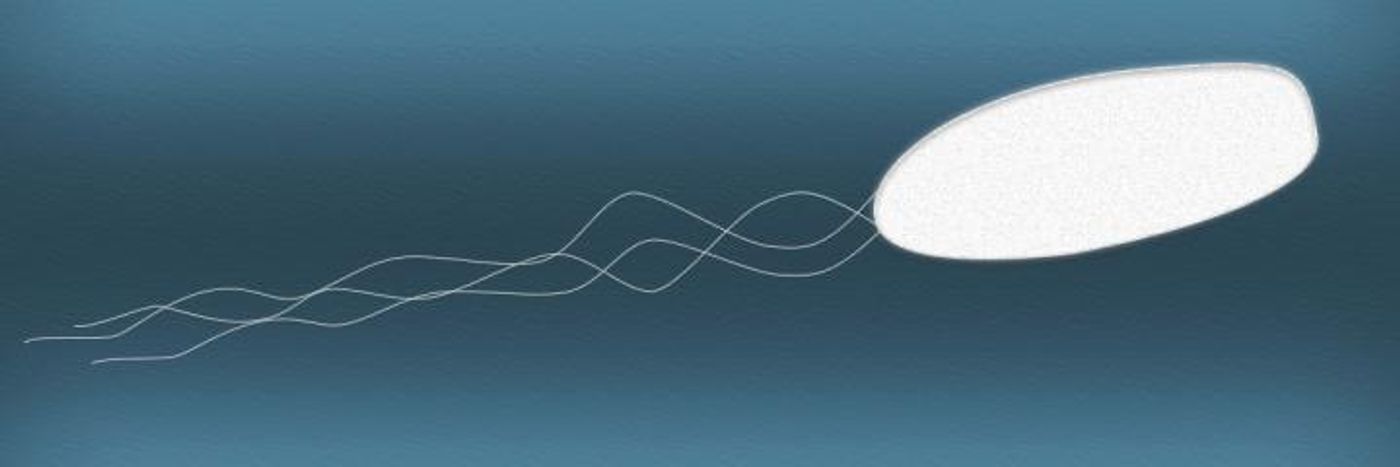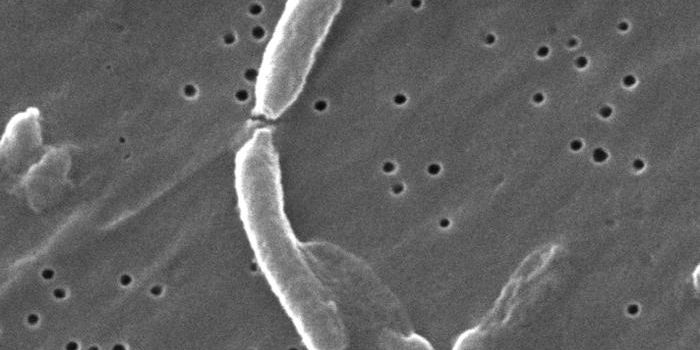Targeting Bacterial Flagella in the Fight Against Infections
Most bacteria have flagella; they are threadlike appendages extending from the surface of many microbes. They help move the organism around, a function called motility, in a rotating motion. Enabling a bacterium to get around seems to be pretty critical to pathogenicity; there is an association between infection and motility. A team of researchers from the Trans-Membrane Trafficking Unit at the Okinawa Institute of Science and Technology Graduate University (OIST), wanted to investigate the flagella formation in the hopes of shedding light on new disruptions of bacterial infection.

"When you have a bacterial infection, the first action is to take antibiotics," explained Fadel Samatey, Head of the Trans-Membrane Trafficking Unit and leader of the work. "The goal of antibiotics is to kill any bacterium. But this goal has side effects, because not all the bacteria that live in our body are harmful. So, what we are thinking about is how we can disrupt infections, but without just killing any bacterium. One way to do that would be to disrupt the bacteria's motility, which means to disrupt the flagella."
The scientists wanted to interfere with the development of the flagella to disrupt its function. To do so, they targeted the proteins that are crucial to the flagella. One protein is vital to the rotation of the flagella, another protein gives the flagella access through the bacterial membrane, putting it on the outside of the microbe. All proteins that compose the flagella are created inside the organism, then shuttled through a channel that extends through the membrane and into the flagella, which allows the flagella to grow from the tip instead of the bottom.
"We worked on a protein that is key in the early stage of the flagella's development. This protein allows the flagella to grow outside the bacteria body," Samatey explained. "We have discovered that this protein exists in two different forms, in which the basic chemistry of the protein is the same, but there is a different geometrical arrangement of the protein's components. If the protein is forced in its 'narrower' geometrical structure, it is impossible for the flagella to grow outside the bacterium's body, as the channels that would allow the flagella in exit the bacterium's body do not form. The flagella are trapped inside and do not grow."
The protein has been modified outside the bacteria and reinserted at this point. But in the future, researchers hope to find another way to achieve that result, such as by modifying the protein’s geometry. A molecule in a pill could be a way to do that, and thus disrupt motility in bacteria to help combat infections.
The video above shows the incredible flagellum in detail.
SouSources: AAAS/Eurekalert! via OIST, Scientific Reports








